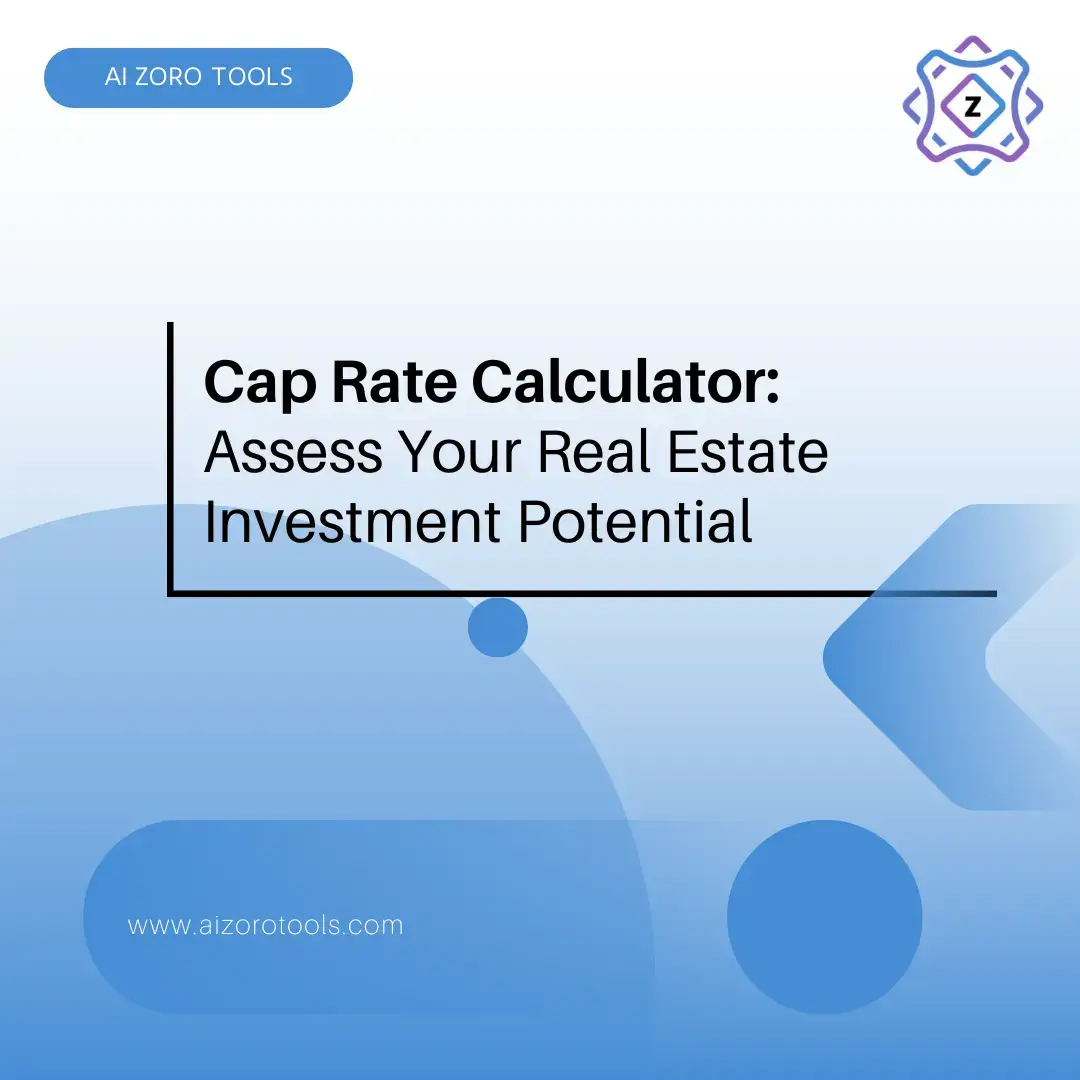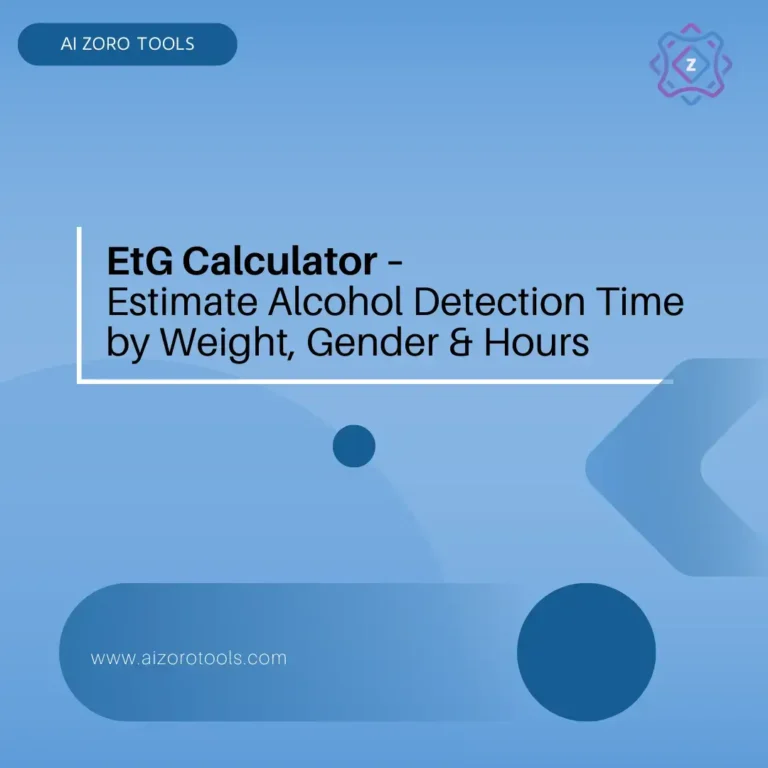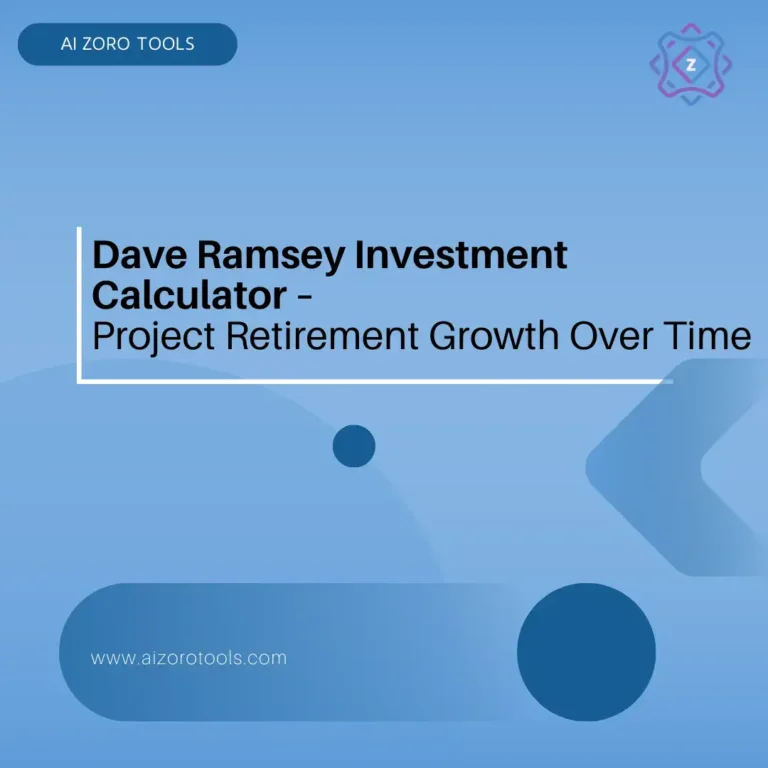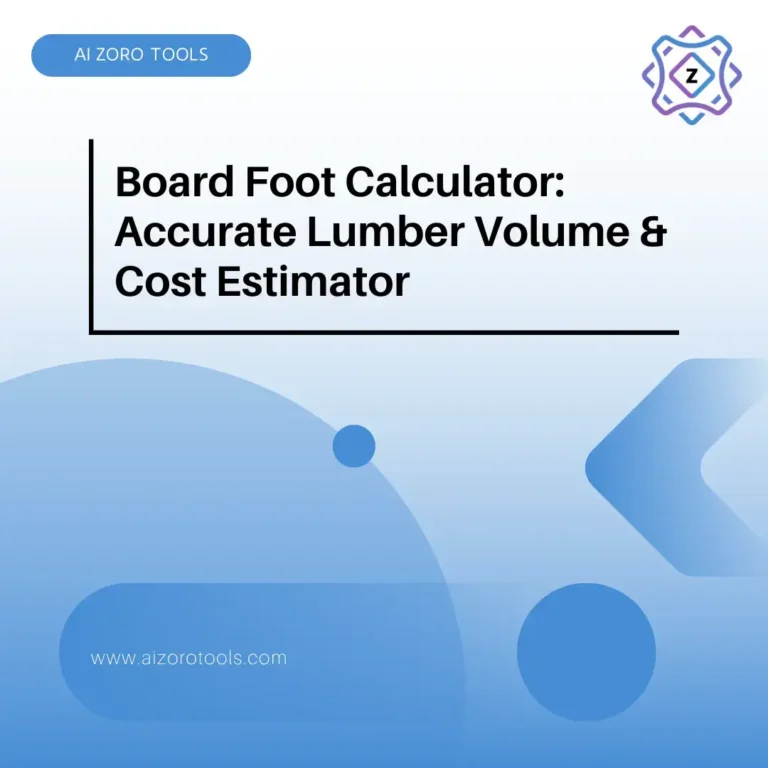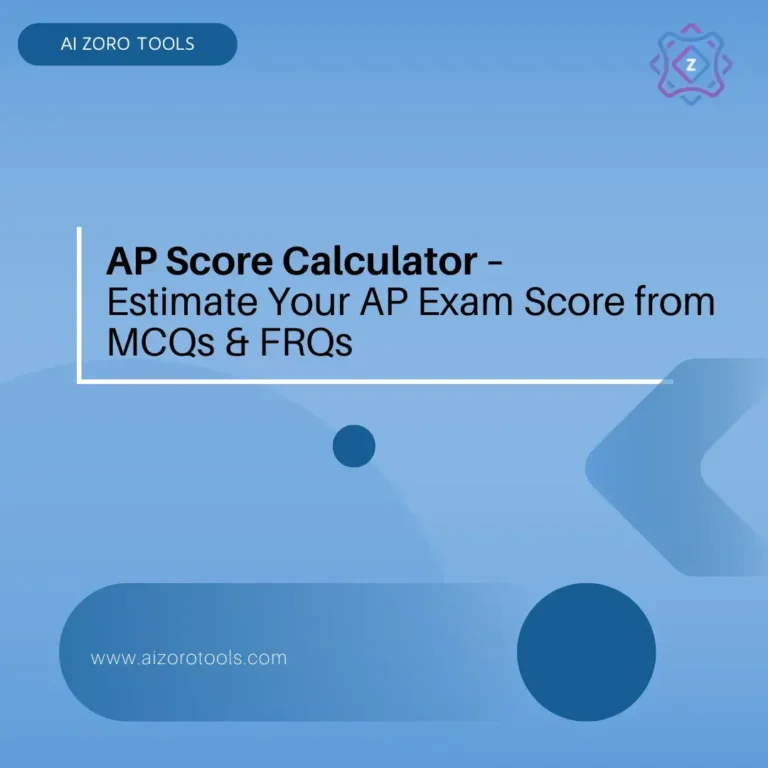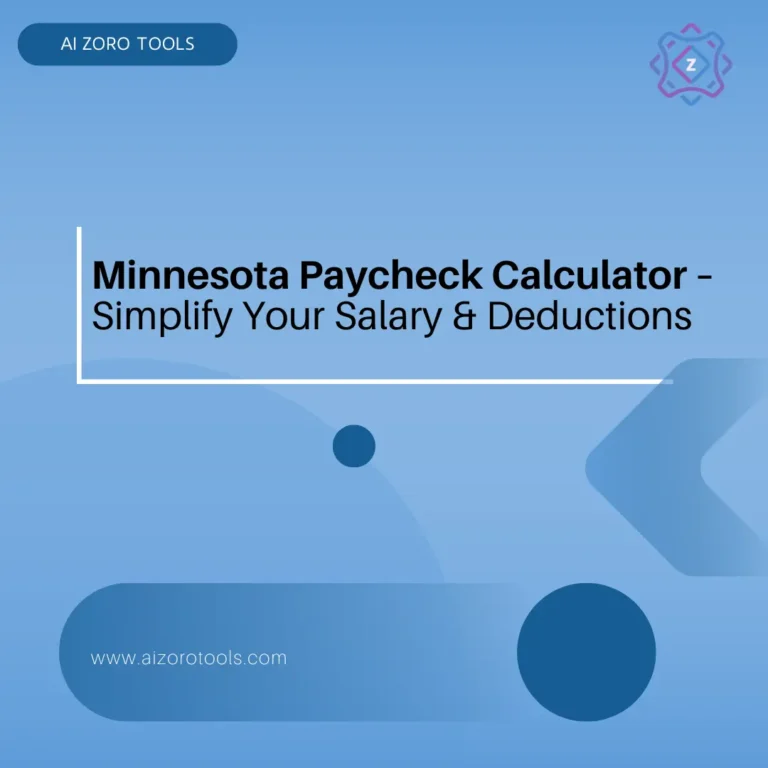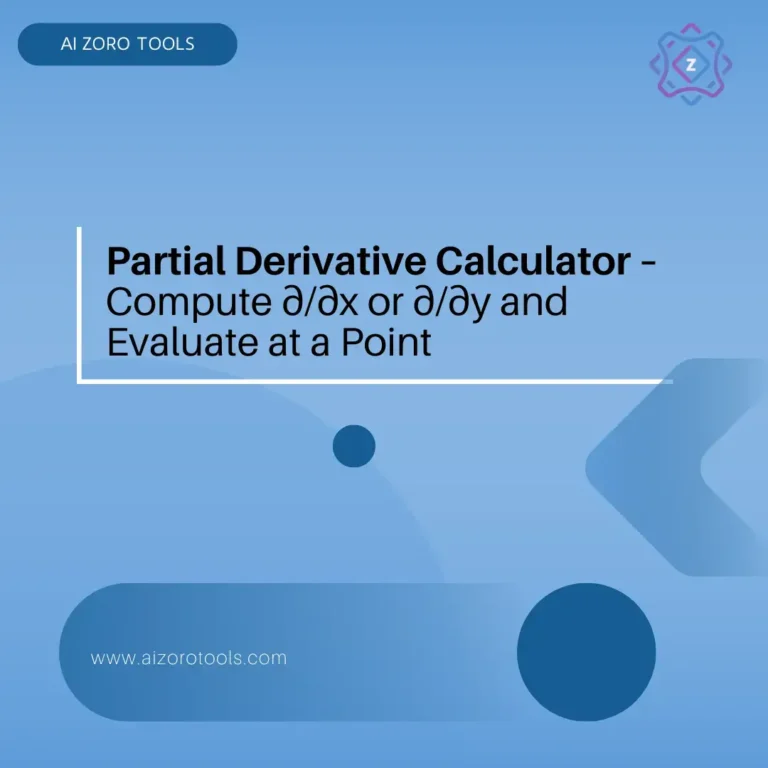Quick Excerpt
Cap Rate Calculator: The capitalization rate allows investors to see the expected returns from a property. When you add in your property’s gross income, how much you spend annually, and the asking price, our calculator will show you the cap rate. Comparing alternative investments becomes much easier with the help of this tool.
Cap Rate Calculator
Cap Rate Calculator
Understanding the Cap Rate
What Is the Cap Rate?
It is possible to calculate a cap rate by dividing the net operating income of the property by its current market value or purchase price. It allows people to understand if the investment they are considering will measure up.
Cap Rate Formula:
Cap Rate (%) = (Net Operating Income / Property Value) × 100
Where:
-
Net Operating Income (NOI): Annual income generated by the property after deducting operating expenses, excluding mortgage payments and taxes.
-
Property Value: The current market value or purchase price of the property.
Why Should the Cap Rate Be Considered Important?
- Investment Comparison: Using cap rates, investors are able to decide which investment properties will be the most profitable.
- Risk Assessment: High cap rates can indicate higher earnings, but they can also mean taking on greater risks. A building with a low cap rate generally offers fewer returns and may also face less risk.
- Market Trends: Monitoring cap rates throughout the years can highlight movements in the market and changes in property prices.
How to Use the Cap Rate Calculator
When using our tool to work out the cap rate, you’ll need these details:
- Gross Rental Income: All the money received from rent over the course of the year.
- Other Income: Extra money that comes in annually from the property in the form of parking, laundry, or vending services.
- Operating Expenses:
- Property Tax: Annual property tax payments.
- Insurance: Annual insurance premiums.
- Maintenance: Annual maintenance and repair costs.
- Utilities: If you pay for utilities, the annual charges are VND 996,640.
- Property Management Fees: Costs incurred for the management of properties each year.
- HOA Fees: If there is a homeowners association, yearly fees will also be required.
- Other Expenses: Any other expenses that the company pays for each year but not mentioned above.
- Property Purchase Price: The price the property was bought for.
The calculator will use the values you entered to determine the cap rate and tell you how much return on investment you could expect.
Example Calculation
Let’s walk through an example to illustrate how the cap rate is calculated:
-
Gross Rental Income: $50,000
-
Other Income: $5,000Investopedia+9WSJ+9Investopedia+9
-
Operating Expenses:
-
Property Tax: $3,000
-
Insurance: $1,200
-
Maintenance: $2,000
-
Utilities: $1,500
-
Property Management Fees: $2,500
-
HOA Fees: $1,000
-
Other Expenses: $800
-
-
Property Purchase Price: $400,000
Step 1: Calculate Total Operating Expenses
$3,000 (Property Tax) + $1,200 (Insurance) + $2,000 (Maintenance) + $1,500 (Utilities) + $2,500 (Property Management Fees) + $1,000 (HOA Fees) + $800 (Other Expenses) = $12,000
Step 2: Calculate Net Operating Income (NOI)
($50,000 + $5,000) – $12,000 = $43,000
Step 3: Calculate Cap Rate
($43,000 / $400,000) × 100 = 10.75%
In this example, the property’s cap rate is 10.75%, indicating a solid return on investment.
Factors Affecting Cap Rates
The cap rate of a property can be influenced by many different factors.
- Location: A prime location for an investment means the property will have a lower cap rate as it is more desirable and seen as less risky.
- Property Condition: Because they are well-maintained, such properties normally have reduced cap rates.
- Market Trends: When demand for real estate increases, it may decrease the cap rate.
- Property Type: Typical cap rates can be different for various property types (such as residential, commercial, and industrial).
Limitations of the Cap Rate
While the cap rate is a useful tool, it’s essential to consider its limitations:
-
Ignores Financing: The cap rate does not account for mortgage payments or financing costs.
-
Excludes Future Income Changes: It doesn’t consider potential changes in rental income or expenses over time.
-
Overlooks Property Appreciation: The cap rate doesn’t factor in potential property value appreciation.
-
Not Suitable for All Properties: Properties with irregular income streams or significant capital expenditures may not be accurately assessed using the cap rate.
Conclusion
The Calculator on AizoroTools.com is an effective tool for investors to assure how much profit they may obtain from a property investment. By adding main financial information, you are able to quickly understand if different investments are profitable and decide what is best for you.
Check out more: AP Score Calculator – Estimate Your AP Exam Score from MCQs & FRQs

